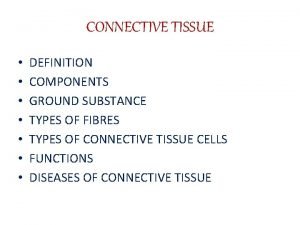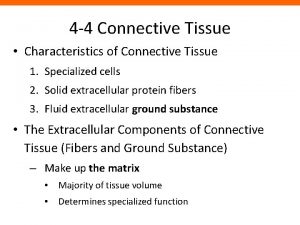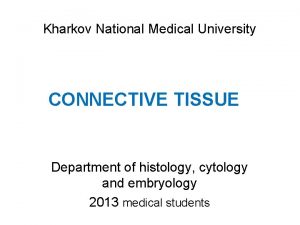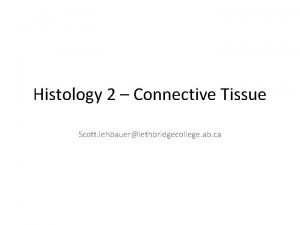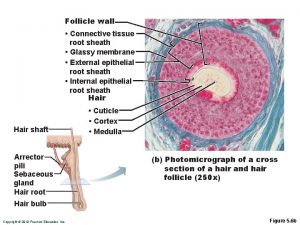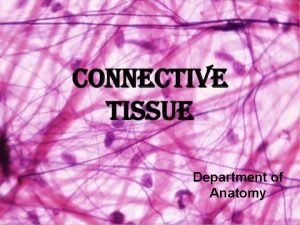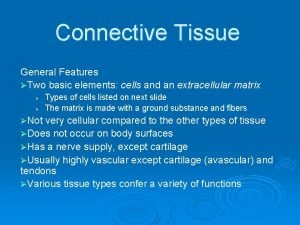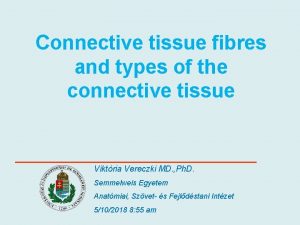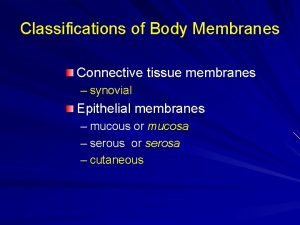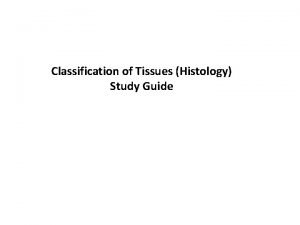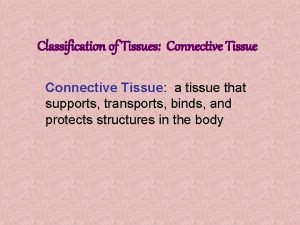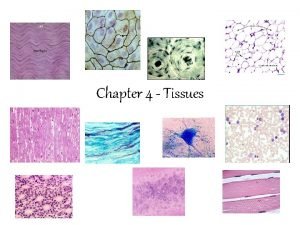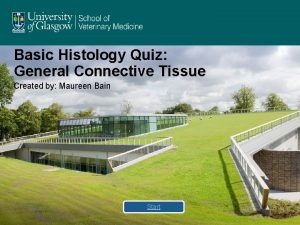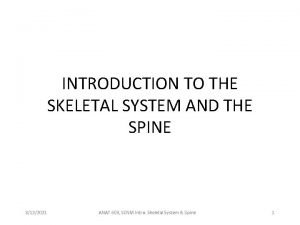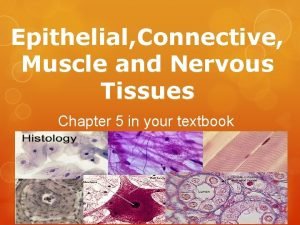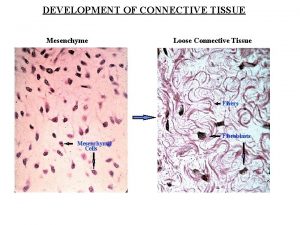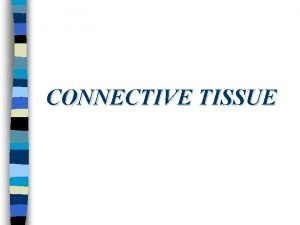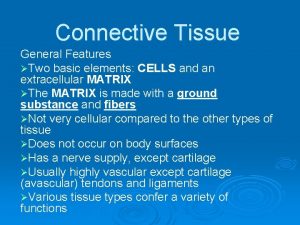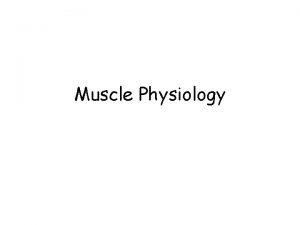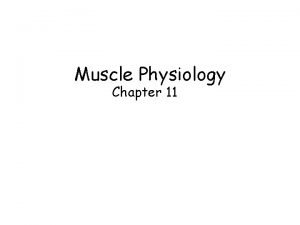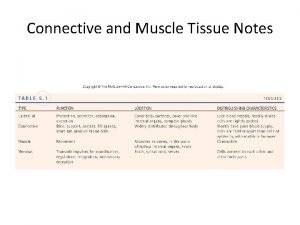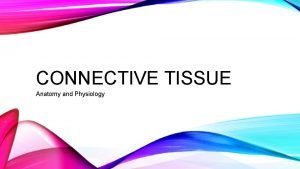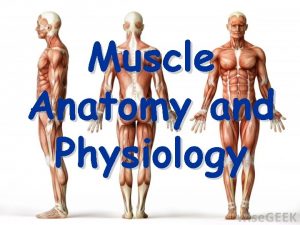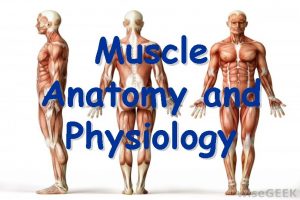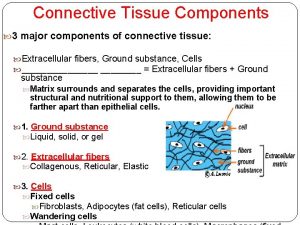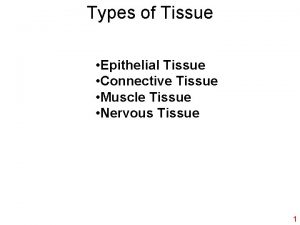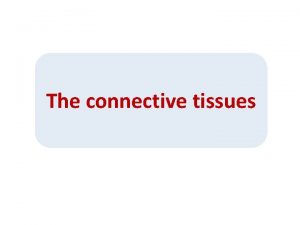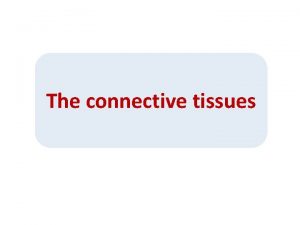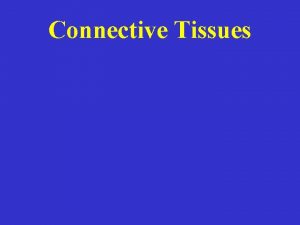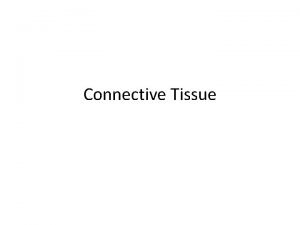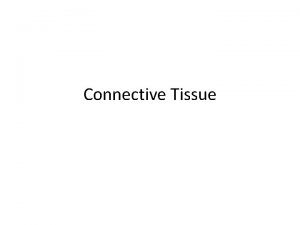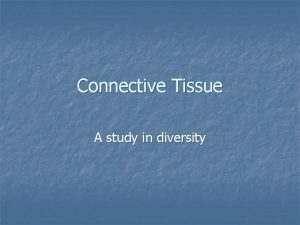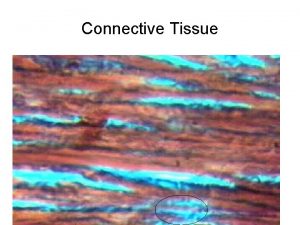Muscle Physiology Chapter 11 Connective Tissue Components Muscle

























- Slides: 25

Muscle Physiology Chapter 11

Connective Tissue Components • Muscle cell = muscle fiber • Endomysium – covers muscle fiber • Perimysium – binds groups of muscle fibers (fasicles) • Epimysium – covers the entire muscle • Tendon – fibrous tissue that connects muscle to bone • Aponeurosis – broad, flat sheet of connective tissue • Fascia – fibrous CT surrounding muscle and tendon


Overview of Muscle Cell • • Muscle cell = muscle fiber Sarcolemma = plasma membrane Sarcoplasm = cytoplasm Sarcoplasmic reticulum (SR) = network of tubules and sacs • Multi-nucleated, multiple mitochondrion • Bundles of myofibrils extend lengthwise & fill sarcoplasm – Composed of thick and thin myofilaments


Sarcomere • Contractile unit of a muscle fiber • each myofibril consists of many sarcomeres • Z line – Anchors thin filaments – Boundary of sarcomere • • M line – anchors thick filaments A band: segment of thick & thin filaments I band: segment of thin filaments H zone: where thin and thick filaments will not overlap (only thick)


Sarcomere cont… • Elastic filaments – connect thick filaments to Z line • T (transverse) tubules – allows impulses traveling along sarcolemma to move deeper within the cell • Triad – t tubule sandwiched between sacs of the SR – Allows impulses traveling along a t tubule to stimulate sacs of the SR


Myofilaments • Myofibrils – made up of 1000 s of thin and thick myofilaments • Thin filaments – Actin – Tropomyosin – Troponin • Thick filaments – myosin



Muscle Excitation • Nerve impulse reaches the end of a motor neuron releases acetylcholine (Ach) • Ach diffuses across the neuromuscular junction and binds with the receptors on the motor endplate

Muscle Contraction • Impulses travel along the sarcolemma t tubules sacs of SR • Ca 2+ is released (balloons to distract)into the sarcoplasm binds with troponin(chaperone) • Tropomyosin shift to expose actin’s active site • Energized myosin (Boy) KISSES (bind) with actin’s(girl) active site and pulls (her to middle of the dance floor)thin filament towards center of sarcomere – Requires ATP



Muscle Relaxation • Nerve impulse is complete Ca 2+ is pumped back into the sacs of the SR • Ca 2+ is stripped from the troponin tropomyosin covers the actin’s active site • Myosin heads can no longer bind with actin muscle fiber returns to its resting length

http: //www. sci. sdsu. edu/movies/actin_myosin_gif. html

Rigor Mortis • “stiffness of death” • SR releases excess Ca 2+ myosin heads bind with actin’s active sites contraction of myofilaments • Lack of ATP after death causes cross bridges to “stick”

http: //highered. mcgrawhill. com/sites/0072507470/student_view 0/chapter 9/

Alternate Source of Energy • ATP must be continually resynthesized • Breakdown of creatinephosphate (CP) provides energy for ATP resynthesis • Catabolism of food provides energy for ATP and CP synthesis

Aerobic vs. Anaerobic Respiration • Aerobic Respiration – Oxygen-requiring process – Produces maximum amount of ATP from one glucose molecule • Anaerobic Respiration – Does not require oxygen – Short-term, rapid process to re-synthesize ATP – Produces lactic acid – Burning/soreness in muscles

Heat Production • Some energy from catabolic processes is lost as heat • Muscle release massive amts of heat • Thermoreceptors sense decrease in body temp hypothalamus integrates information signal sent to skeletal muscle to contract shivering homeostatic balance is maintained

http: //natchem. files. wordpress. com/2009/11/motor-unit-lg. jpg

Isotonic vs Isometric Contractions • Isotonic – tension remains the same; length of the muscle changes – Concentric contraction: muscle shortens (contracts) – Eccentric contraction : muscle lengthens • Isometric – tension changes; length of the muscle remains the same – Myosin heads unable to move thin filaments – Static tension
 Connective tissue components
Connective tissue components Areolar vs reticular connective tissue
Areolar vs reticular connective tissue Connective tissues characteristics
Connective tissues characteristics Definition of connective tissue
Definition of connective tissue What are specialized connective tissue
What are specialized connective tissue Nerve tissue description
Nerve tissue description Embryonic connective tissue
Embryonic connective tissue Cartilage hyaline function
Cartilage hyaline function Hair follicle histology
Hair follicle histology Dense irregular connective tissue
Dense irregular connective tissue Identify this tissue
Identify this tissue Areolar tissue
Areolar tissue Dense regular connective tissue
Dense regular connective tissue Connective tissue
Connective tissue Types of body membranes
Types of body membranes Tissue type
Tissue type Fat connective tissue function
Fat connective tissue function Bone connective tissue function and location
Bone connective tissue function and location Connective tissue histology quiz
Connective tissue histology quiz Muscle tissue where is it found
Muscle tissue where is it found Embryonic connective tissue
Embryonic connective tissue Specialized connective tissue blood
Specialized connective tissue blood Function of skeletal muscle
Function of skeletal muscle Connective tissue cells
Connective tissue cells Reticular connective tissue
Reticular connective tissue Areolar connective tissue
Areolar connective tissue
